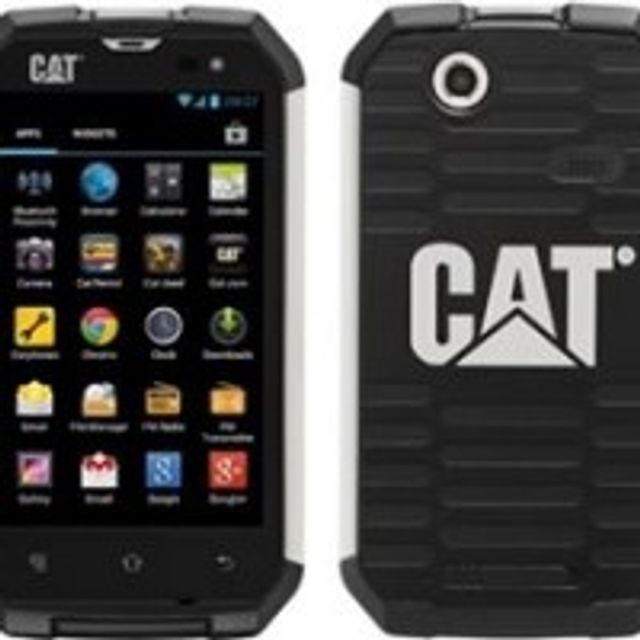
This article is an excerpt from a broader piece on communication written by Peter Diamandis. You can find more about Peter here PeterDiamandis.com
It seems more and more research we’re reading is suggesting that email is bordering on becoming a communication waste land.
So, firstly a bit of Communication 101
A lot of people make the mistake of thinking that email is well, good enough, whereas the reality today is that more than ever we seem to have accepted that communication is deeply ‘contextual’.
• LinkedIn for work.
• Facebook for friends.
• Snapchat for close friends.
• Texting for something immediate, if not urgent.
• Slack for your team.
• Twitter for public broadcast.
• Skype for long distance.
• Phone calls for intimacy or something really important.
The reality is that email is probably the worst form of communication.
Do some research with people who get hundreds of emails per day? They will often reveal that:
• If the email is more than a few lines long, they don’t read it.
• If the point is not obvious in the first two lines, they stop reading.
• An email from a stranger asking for something (without context or introduction) is deleted.
• Emails arriving at the wrong time (i.e. they’re super busy), probably get buried and don’t get read.
• It is easy to misread the true intention or emotion behind an email leading to embarrassing situations.
As we invent more and more tools to communicate with each other, sometimes technology can become a crutch and a replacement for actual meaningful communications.
So how should we communicate?
We are social animals and we communicate A LOT through the intonations of our voice and our facial features.
Some basic rules;
• If there’s something critical to communicate – close a deal, raise capital, tell someone you love them or want to break up – do it in person.
• If you can’t meet in person, then do it by Skype, or other newer Virtual Reality related technologies that are either available now or coming soon.
• If you can’t do it by Skype, then do it by phone.
Everything else today is basically inadequate for anything really important. That being said, being in an industry that often puts a lot of distance between colleagues and families, if you have to email …
A few last words
Email is such a ubiquitous and prolific form of communication, and many of us get way too much of it, however where you must use it, here are some essential best practices tips to follow closely.
The subject line:
This matters a lot, probably much more than you realise.
• Think about how you read newspapers.
• Take the time to craft a short, compelling subject line that is descriptive of the email that follows.
• If making it descriptive is too difficult, at least make it evocative enough to get someone to open it.
The opening line:
The opening line (or at least the first two lines) is critical.
• Tell the person why you are writing and what follows.
Brevity is king:
That means, keep it short!
• A short email is one that gets read.
• Something that meanders on gets deleted or ignored.
Make one simple ask:
An email should have a single action or ask.
• Make it easy for the person you are writing to answer. For example, if you
asking for a meeting, you can say: ‘Can you please respond with the name of your Admin with whom I can set up a call?’ or, ‘Let me know what day next week works for a call?’
If you do these things religiously, you will increase your open rates and get more people reaching the end of your email. You are then more likely get your point across, which should be your goal right?